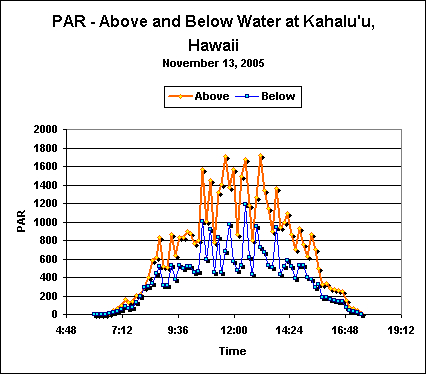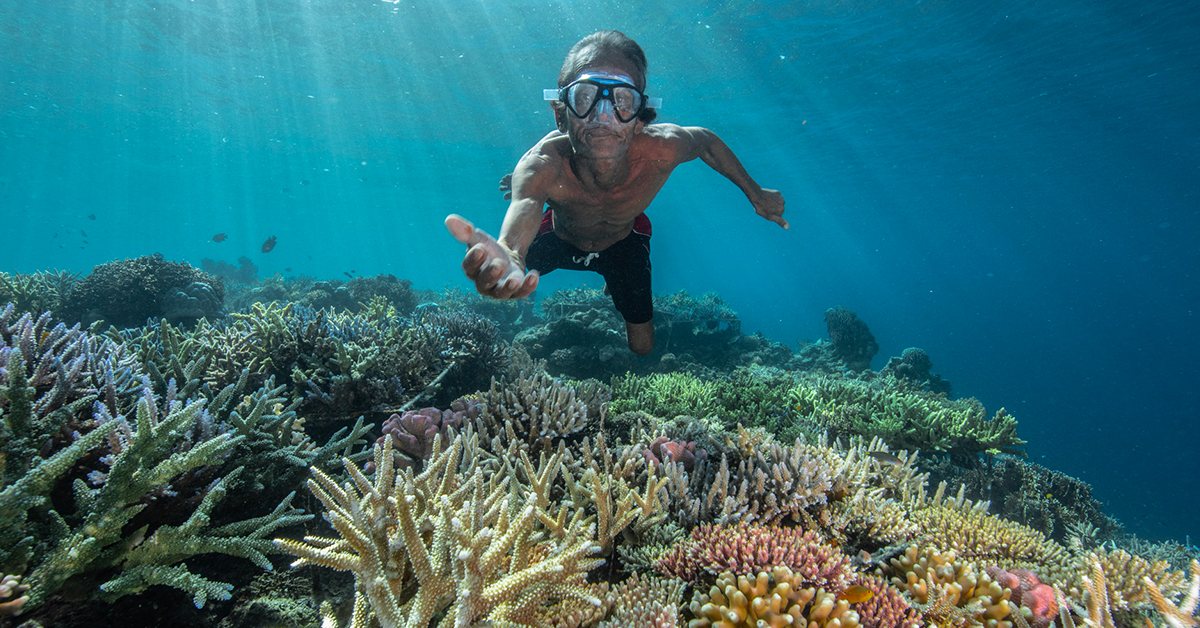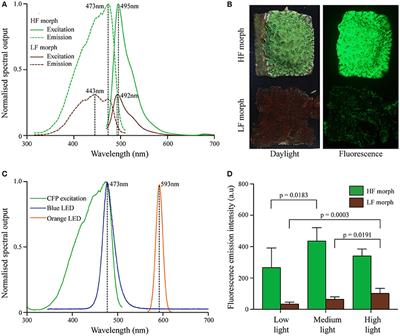- Joined
- Jan 30, 2020
- Messages
- 1,145
- Reaction score
- 1,240
The answer to the question in the OP is very much: NO.
I very loudly want to scream that.
I don't think people are experiencing this in their reef tanks, especially not long term.
This isn't just caused by "stress". And the question is presented in a way that misunderstands what is going on. It's caused by heat and this is a way for them to cool off a bit. It seems to be a specific response to a specific condition, and I doubt people are having those conditions in their tanks in general.
With 1 exception and that is the new growth on corals. This explains why the edges of the growth are often so colorful and pretty. And yet the best way to get this color is NOT by stress, but quite the opposite - excessive growth which would only occur due to lack of stress.
I very loudly want to scream that.
I don't think people are experiencing this in their reef tanks, especially not long term.
This isn't just caused by "stress". And the question is presented in a way that misunderstands what is going on. It's caused by heat and this is a way for them to cool off a bit. It seems to be a specific response to a specific condition, and I doubt people are having those conditions in their tanks in general.
With 1 exception and that is the new growth on corals. This explains why the edges of the growth are often so colorful and pretty. And yet the best way to get this color is NOT by stress, but quite the opposite - excessive growth which would only occur due to lack of stress.




















